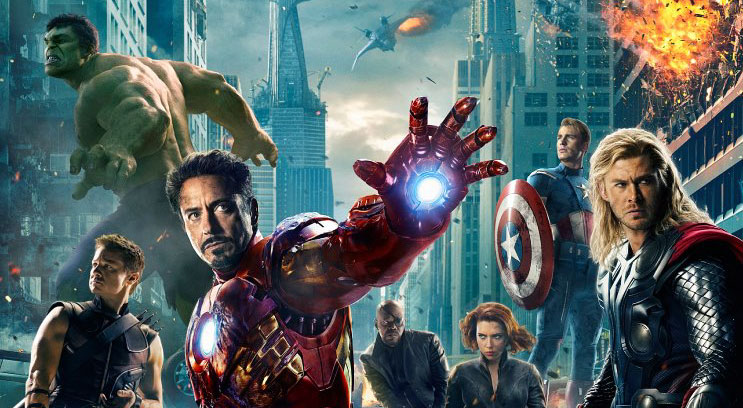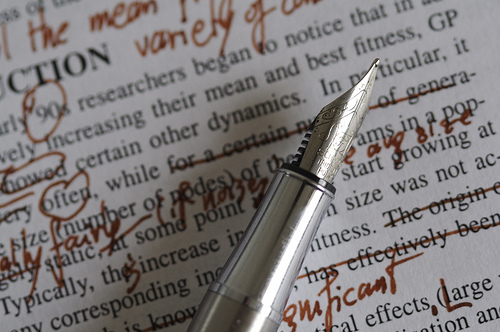Forensics 101: 3D Facial Reconstruction
/Last week, we looked at the remains of the sailors recovered from the wreck of the U.S.S. Monitor, including their facial reconstructions. As I haven’t covered this technique as part of the Forensics 101 series, I thought it would be a good time to review how forensic artists can build a three-dimensional (3D) version of the dead based only on skull structure. The following pictures are from Louisiana State University (LSU), and show the progression of the reconstruction of the face of the younger of the two men.
The skull is mounted on a stand through the foramen magnum—the hole at the base of the skull where the spinal cord enters the cranium—allowing the artist full access to all the external surfaces. Prosthetic eyes are added, usually brown as that is the dominant eye colour. Next, tissue depth markers (small cylindrical pieces of vinyl eraser strips) are glued to very specific landmarks on the skull. Taking race and gender markers into account, the artist uses charts of averaged population data for soft tissue thickness for each landmark location to determine the depth of each marker:
The skull is then fleshed out with clay to match those markers, following the 3D contours of the skull:
The nose is built based on the width of the nasal cavity and the lips are formed based on the measurement between the canine teeth. The height of the gum line determines the height of the lips. Once all the clay is added and smoothed, the finished product is a fully fleshed, completely individual face:
In the case of the U.S.S. Monitor sailors, LSU scientists went one step further and did a 3D digital analysis of the final clay reconstructions which allowed them to further experiment with different eye and hair colours or different facial hair styles. This is one image of what the younger of the two sailors might have looked like:
Facial reconstructions are often done by forensic artists as opposed to forensic anthropologists as it is truly an artistic endeavor. It never fails to amaze me how time, talent and skill bring forth a living face from naked bone.
Photo credit: Louisiana State University













 12.1%
12.1%